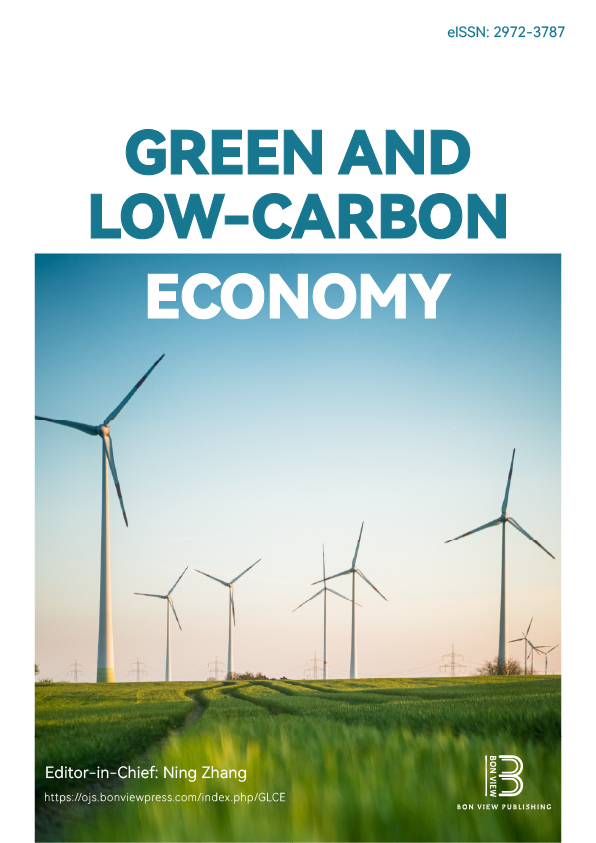Towards a Greener Future: Scaling Up Agroforestry for Global Sustainability
DOI:
https://doi.org/10.47852/bonviewGLCE42022481Keywords:
agroforestry, sustainability, climate change, biodiversity conservation, scaling upAbstract
The current world faces several challenges, including climate change, an exponentially increasing population, the loss of biodiversity and environmental concerns which necessities the adoption of the sustainable nature-based solutions such as agroforestry. Agroforestry is the intricate integration of trees, crops, and livestock on the same piece of land management unit that helps to restore the ecosystem, improve soil health, thus combating the environmental degradation. Moreover, agroforestry has also emerged as a potential tool that bridges the ecological preservation, while increasing or at least maintaining the productivity of the whole agroecosystem. Agroforestry is a contemporary food system that relies primarily on natural inputs, leading to the creation of more sustainable and resilient landscapes. Simultaneously, agroforestry systems reduce the soil erosion, and increases the accumulation of organic matter, hence established a closed nutrient cycling which sustain the agricultural production for longer duration. Simultaneously, agroforestry systems are effective in enhancing food security, diversifying farm income and strengthening the resilience of community to climate change thus empower the farmers and provide an opportunity to combat poverty. However, there are numerous constraints including clear land tenure rights, market infrastructure and linkage, and lack of the traditional knowledge which influenced the adoption of agroforestry systems at global level. This immediately need to be addressed by implementing flexible legislation (such as National Agroforestry Policy 2014 adopted by India), capacity building and community involvement, value chain development and payment for ecosystem services. Overall, it is crucial to adopt low-carbon perennial agroecological practices like agroforestry in order to increase the CO2 abatement rate, improve the food, nutritional and livelihood security of smallholder farmers and contribute to a more environmental friendly and sustainable future.
Received: 17 January 2024 | Revised: 17 April 2024 | Accepted: 16 May 2024
Conflicts of Interest
The authors declare that they have no conflicts of interest to this work.
Data Availability Statement
Data sharing is not applicable to this article as no new data were created or analyzed in this study
Downloads
Published
Issue
Section
License
Copyright (c) 2024 Authors

This work is licensed under a Creative Commons Attribution 4.0 International License.


